Suillellus luridus: A great mushroom to go for
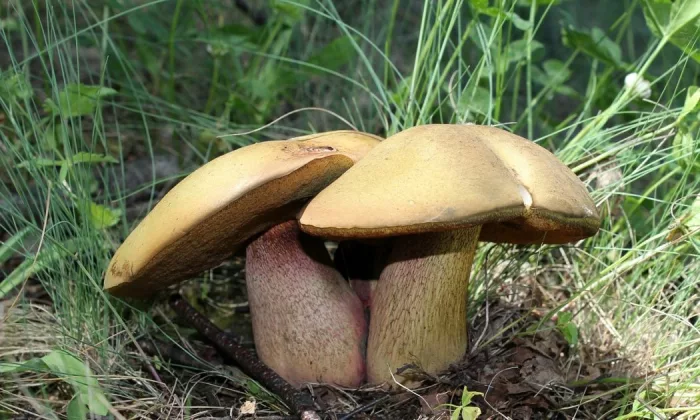
The weather is already very pleasant and the temperature is getting closer to 30 degrees of Celsius and because we had a fair amount of rain, we should expect to find several types of mushrooms. Mushrooms are already growing, including the famous scarletina bolete (Neoboletus luridiformis) and (Boletus reticulatus) known as the summer cep. But there is another very popular mushroom called the lurid bolete (Suillellus luridus). We shall show you how it looks, where and when it grows, and share with you some other interesting details.
An interestingly looking mushroom
At first glance, lurid bolete will certainly attract your attention thanks to its beautiful brown or yellow pileus, which sometimes has a bit of reddish shade. The underside of the pileus has yellow to orange pores and tubes. The stipe is 5 to 12 cm tall, with a maximum width of 5 cm and it is covered with a reddish-brown elongated mesh-like structure. The flesh is yellow and when cut or damaged it turns quickly blue. You may confuse this bolete with the scarletina bolete which is similar, or possibly with bitter beech bolete (Caloboletus calopus) but also with the poisonous mushroom called Satan’s bolete (Rubroboletus satanas), which have a white pileus. However, both of these mushrooms are rather rare.
Photo: Radek Štěpán
When and where may you find lurid bolete?
It traditionally grows from early June to late fall but most often in June. Look around and under linden trees or oaks outside of the forest , but if you are lucky you may also see it in mixed forests. Rarely you will see it in coniferous forests. It is a thermophilic fungus that loves warm weather and does not occur in mountain areas.
Many uses in your kitchen
The taste of the lurid bolete is “mushroomy smooth” and very delicate. Make sure to steam it for a longer period of time, at least for 30 minutes. When raw, it can be slightly toxic. Consumption in combination with alcohol may also cause stomach problems. This mushroom is an ideal choice for sauces and soups, but due to longer cooking times it is not suitable for frying.
Photo: Radek Štěpán

Gardening is my hobby, I have a lot of experience and I am happy to share it.
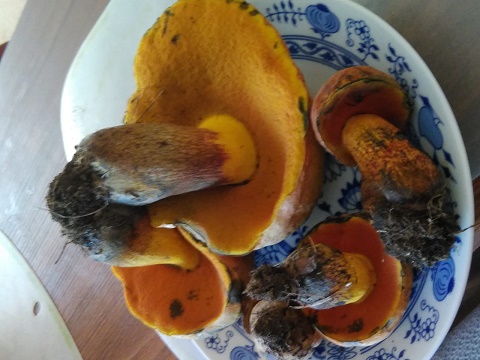


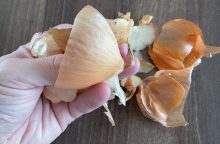
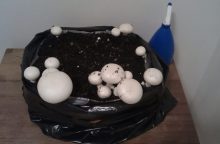

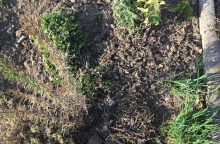
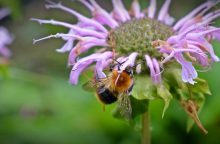
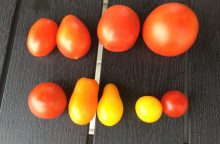
0 comments